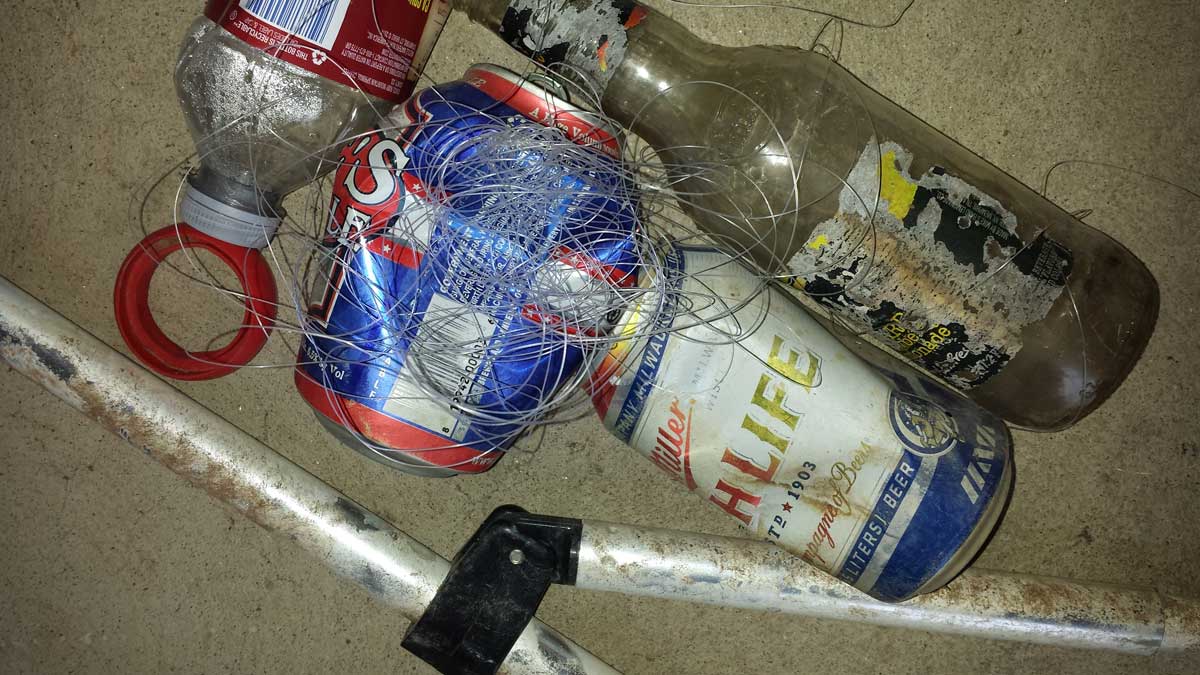Seaworld has been the topic of conversation for many years. It was once an attraction so phenomenal, you could interact with live animals the size of the school bus that brought you to the show. You were able to see turtles and fish, Orcas and dolphins, Beluga whales and penguins, all in one day. Later it became the topic of headlines where Blackfish made its way across the public eyes and shaming the park for keeping animals away from their freedom and natural environment.
But Wait… There’s More!
California
Rather than get into the right or wrong of animal rescue and captivity, I found something else of interest at Seaworld a few years ago. I saw a park that was cleaner than anywhere I had been. I witnessed a mother picking up trash that wasn’t hers. Kids were bending over to pick up wrappers that had blown out of the trash from the wind. People, locals, were just cleaning up after one another, regardless who made the mess.
Caribbean
Later, I spent time on the tiny island of Bonaire and have since been on the news feeds for STINAPA and the Coral Restoration Foundation as well as Project AWARE. I see reports of people doing their part to counter the damage to our environment that others have caused, either willingly or unknowingly. STINAPA even makes videos to explain the importance of keeping the island clean before you visit.
Wyoming
Recently, I visited several isolated areas in the middle of Wyoming. Pristine, beautiful land exists there, with a few areas that had a little trash – mostly beer cans. I ended up on a four wheel drive trail that dead ended into an old trash dump site with spring mattresses that had been destroyed by the elements, an old horse collar, and evidence of a past life buried in the dirt from years of rain wash.
Conservation vs Preservation
SeaWorld is a high-use area, as is Moab, Utah, and common areas of National Parks. The camping spot I picked in Wyoming is rarely used by much more than antelope. So what’s the difference? People.
People are able to ruin and destruct, trash, and damage.
People also have the ability to conserve, protect, build up and clean.
It seems to all be a matter of mindset and cause.
Having a mindset of conservation will prevent eventually being barred from our natural areas with preservation. Conservation vs Preservation.
Conservation Concentration
Flashback to SeaWorld – What interests me most is that fact that the few people who are making an effort to keep things clean, really made a difference where they were in concentrated areas. Bonaire is amazingly clean with constant efforts to keep it that way. San Diego’s public made an effort to keep things cleaner and make a difference in their daily lives. In Moab, high concentrations of people damaged the river sides and poisoned the waters with human waste, but they’re making an effort to clean it up by limited use, and preservation measures. In Colorado, I find outdoor areas are either saturated with evidence of humans, or pristine because of the efforts made to clean things up, both topside and below the water. What an interesting contrast.
It matters
Every little piece of trash you pick up, every notice or sign posted to show an effort is made to clean up, matters. The social concern for the area you live seems to matter the most. If the “feeling” of conservation is made known in an area, it seems to set the tone for the area, and evidence of that feeling often follows.
The Power of One
The strength of places like Bonaire and SeaWorld and other areas as well have made an impact on me, and inspired me to do my part. No longer will I walk past that piece of trash in my hiking trail – I will pick it up and throw it away, even if it isn’t mine. No longer will I swim by the dozens of beer cans on the bottom of the lake, I will take them topside and recycle them. Maybe this mindset will inspire others to do the same, or maybe I’ll be the only one. Who knows? Perhaps, we’ll all make a difference, one beer can at a time.

